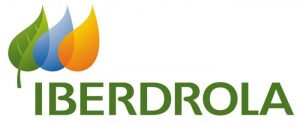Primary Functions
- Find guidance on incorporating multiple benefits into water management decisions, from designing projects that maximize benefits to building collaborative partnerships to support and fund implementation.
Detailed Description
There is broad recognition that adapting to climate change, coupled with the need to address aging water infrastructure and population growth, will require public and private investments in man-made water systems and the natural environment. These investments will take many forms, ranging from watershed restoration to efficiency improvements and stormwater management, and will address a combination of flood risk, water quality, and water supply objectives. In addition to meeting water-related objectives, many of these strategies can also provide important co-benefits, such as reducing energy use and greenhouse gas emissions, providing habitat, and enhancing community livability.
Government agencies, businesses, and others have acknowledged the importance of multibenefit projects. However, co-benefits are often incorporated at the end of projects, as embellishments or justifications. Integrating co-benefits throughout the decision-making process provides an opportunity to build partnerships, leverage additional resources, and garner public support. Specifically, evaluating multiple benefits can help water managers to:
- Provide a more objective and transparent basis for comparison of water management options for a policy or project;
- Identify opportunities to share costs among project beneficiaries;
- Discover design improvements that can leverage additional benefits;
- Engage with stakeholders and decision makers to improve support for a policy or project;
- Optimize the investment of time, money, and other resources; and
- Increase equitable investments in communities and reveal and mitigate adverse or unintended consequences.
This guidebook is designed for planners, engineers, advocates, and decision makers interested in maximizing their investments in sustainable water management. It focuses on project-level decisions, from designing projects that maximize benefits to building collaborative partnerships to support and fund implementation. The guidebook mirrors the steps in the Multi-Benefit Framework, focusing on providing the “Dos” and “Don’ts” for each of the four steps above.






